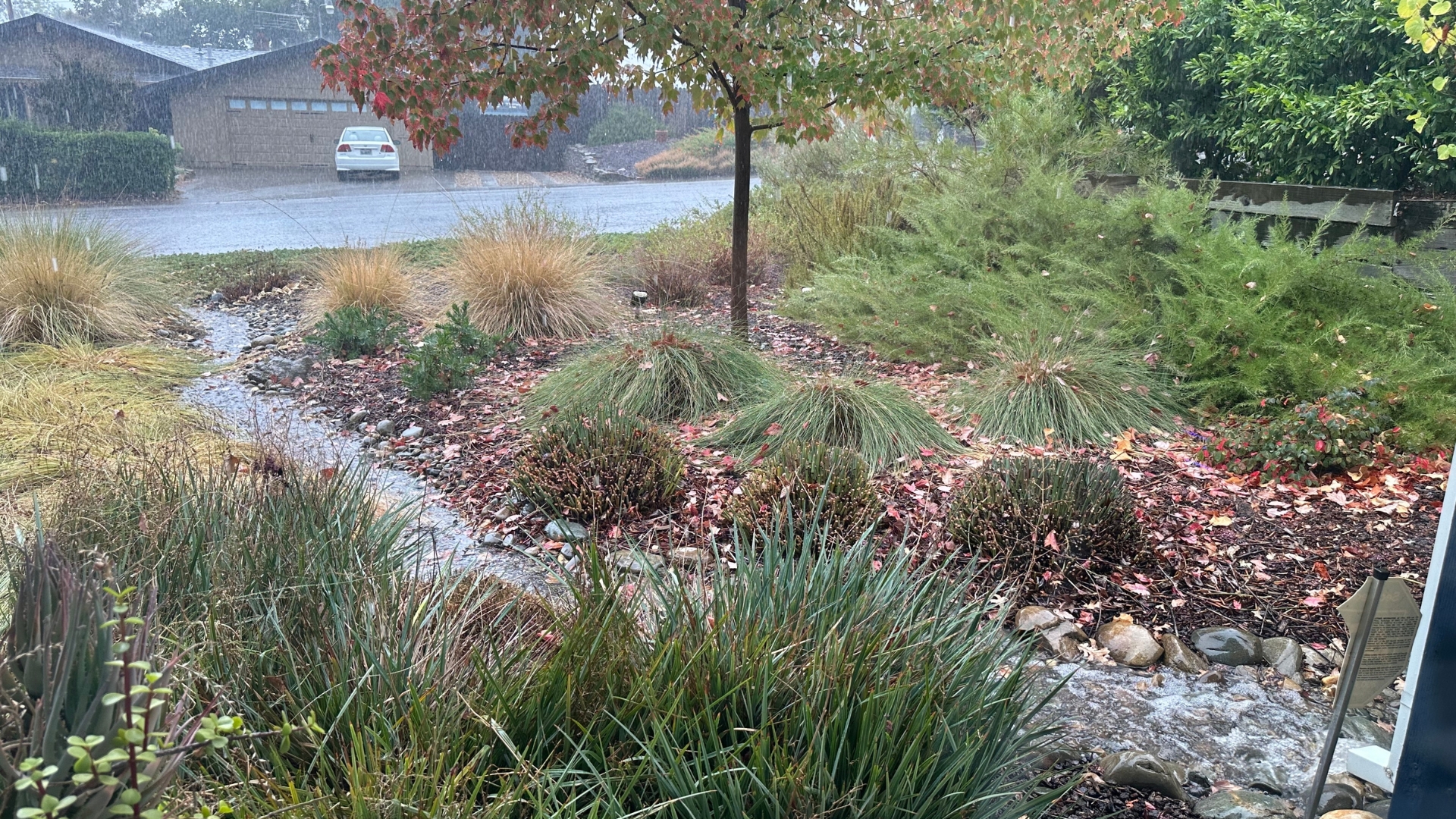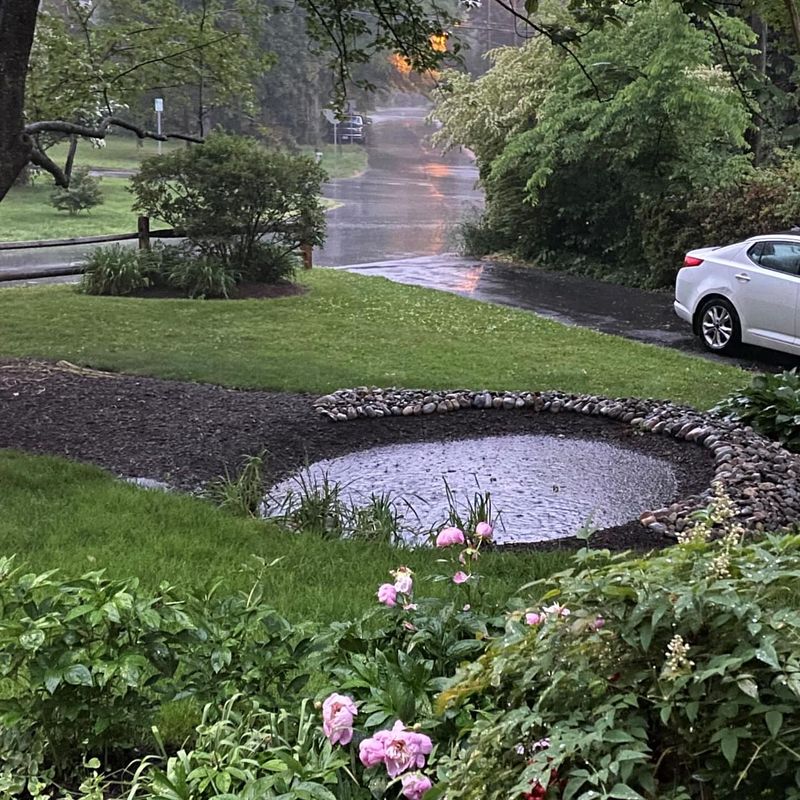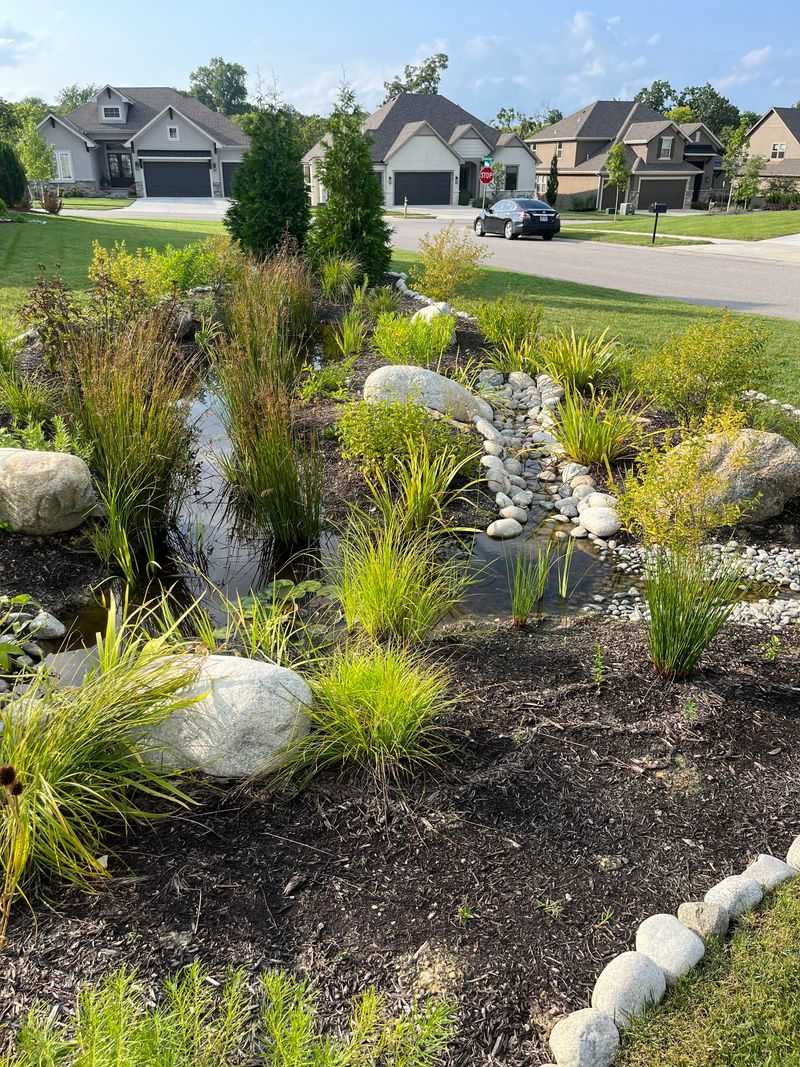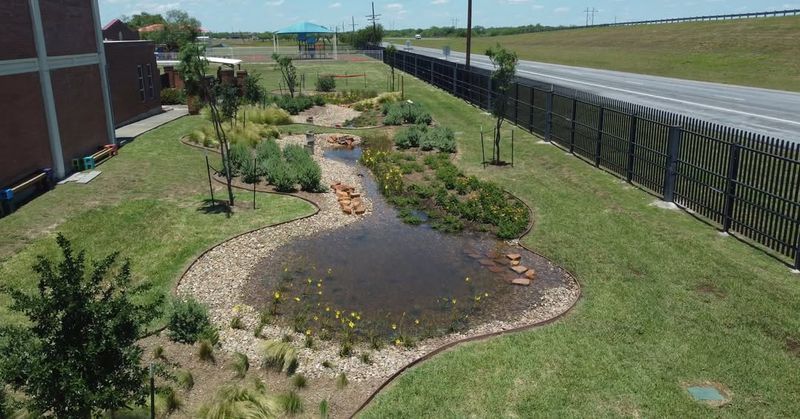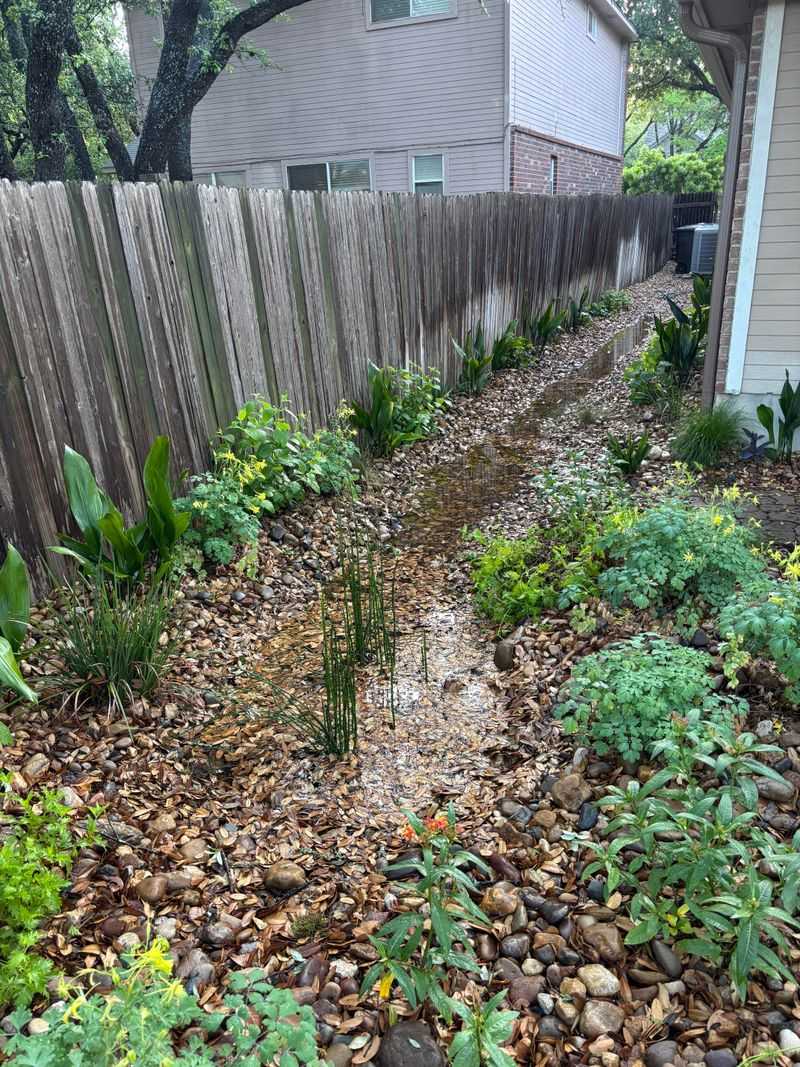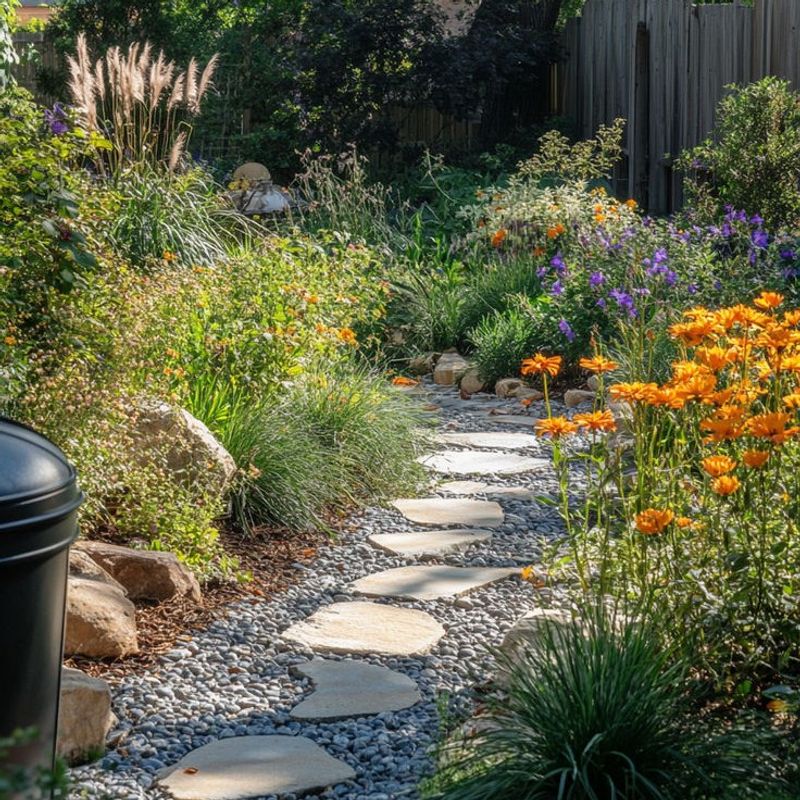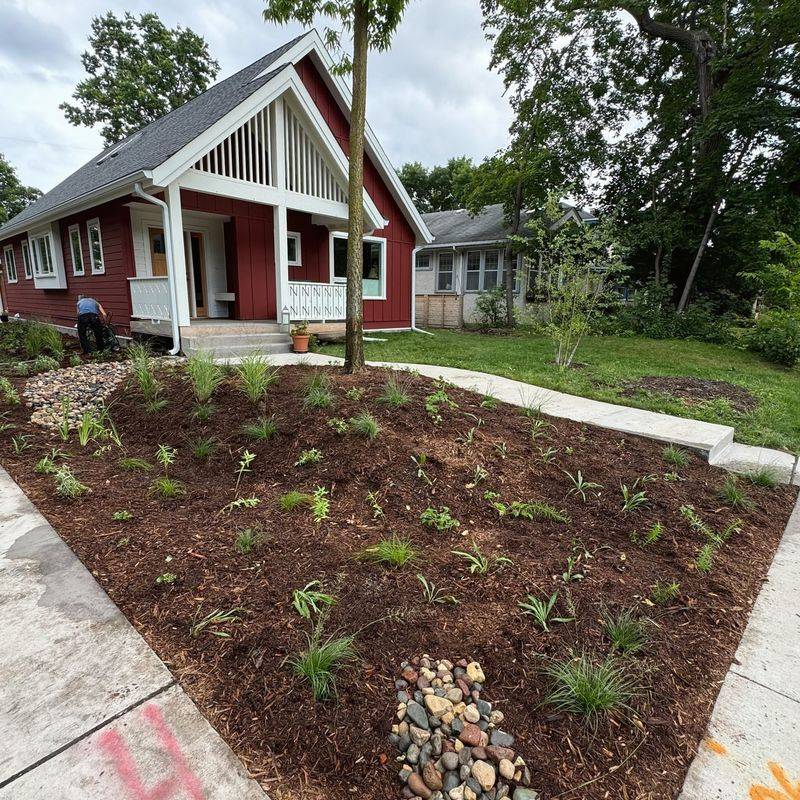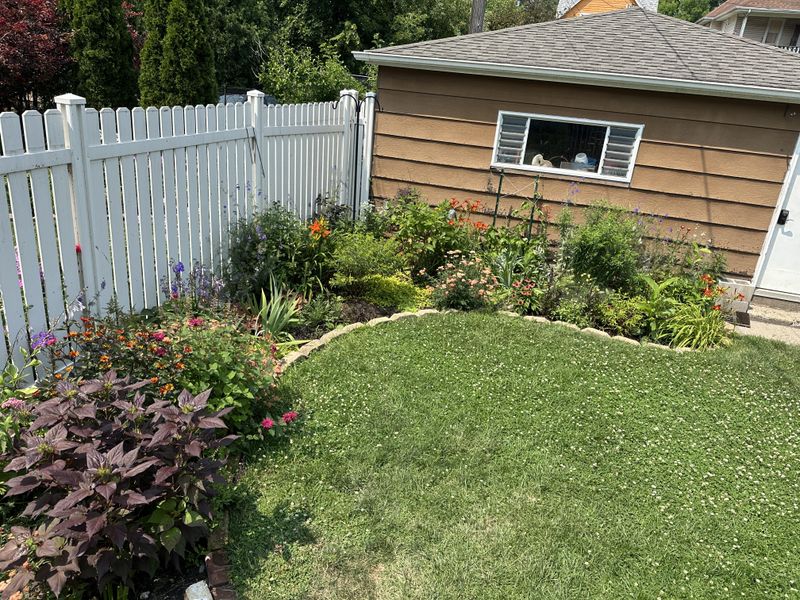Rain gardens are an awesome way to handle stormwater in San Antonio while making your yard look great. They soak up rainwater, stopping it from flooding streets or carrying pollutants to local rivers.
I’ve seen how a simple rain garden can turn runoff into a helpful resource, letting water soak back into the earth naturally. Plus, they attract birds and butterflies, adding life and color to your space.
Let’s look at some real benefits rain gardens bring to stormwater recycling right here in San Antonio!
1. Flood Prevention Power
During heavy Texas downpours, rain gardens act like sponges, soaking up water that would otherwise flood streets and homes. San Antonio’s clay-heavy soil often struggles with absorption.
Rain gardens can capture hundreds of gallons during storms, reducing neighborhood flooding by up to 30%. This simple solution helps protect property while easing the burden on our city’s drainage systems.
2. Water Bill Savings
Clever homeowners in San Antonio are discovering how rain gardens slash irrigation costs. By capturing and slowly releasing water, these gardens keep surrounding plants hydrated naturally for days after rainfall.
Many Texans report seeing water bills drop 15-20% after installation. The savings add up quickly, especially during our scorching summers when every drop counts!
3. Pollution Filtration
Streets collect nasty pollutants – oil, fertilizers, and trash that normally wash straight into San Antonio’s waterways. Rain gardens naturally filter these contaminants before they reach our precious Edwards Aquifer.
The soil and plant roots work together like nature’s own water treatment facility. Tests show they can remove up to 80% of sediments and 60% of nutrients from runoff!
4. Groundwater Recharging
Unlike concrete that sends water rushing away, rain gardens allow water to slowly seep into the ground. This natural process helps replenish San Antonio’s underground water supplies that we depend on during droughts.
A single 100-square-foot rain garden can return thousands of gallons to our aquifers annually! This underground recharging is crucial for maintaining Texas’s long-term water security.
5. Wildlife Habitat Creation
Butterflies, hummingbirds, and beneficial insects flock to rain gardens like oases in the urban desert. Native Texas plants like Black-eyed Susans and Gulf Muhly grass provide food and shelter for local wildlife.
Even small gardens can support dozens of species! San Antonio homeowners report seeing increased biodiversity within months of installation, creating living ecosystems in formerly barren yards.
6. Heat Island Reduction
San Antonio’s summer temperatures can be brutal, especially in areas with lots of pavement. Rain gardens replace heat-absorbing surfaces with cooling vegetation that can lower surrounding temperatures by 5-10 degrees.
The evaporation from these gardens creates natural air conditioning for your property. Many Texas neighborhoods are now installing them strategically to create cooler community spaces during our hottest months.
7. Erosion Control Benefits
Heavy rains can wash away precious topsoil, damaging landscapes and clogging waterways. The deep-rooted native plants in rain gardens hold soil firmly in place, preventing erosion even during Texas’s most torrential downpours.
Strategically placed along slopes or near drainage areas, these gardens stabilize vulnerable spots. San Antonio properties with erosion issues have seen dramatic improvements after just one growing season.
8. Low-Maintenance Landscaping
Forget constant watering and chemical treatments! Once established, rain gardens require minimal care compared to traditional lawns. Native Texas plants evolved for our local conditions and thrive with little intervention.
Most San Antonio rain gardens need just occasional weeding and annual pruning. This time-saving approach means more weekends enjoying your garden rather than working in it – perfect for our busy lifestyles!
9. Property Value Enhancement
Real estate experts confirm that thoughtfully designed rain gardens can boost property values by 5-15%. These attractive landscape features signal environmental consciousness and smart water management to potential buyers.
San Antonio homes with rain gardens often sell faster too! As Texas faces increasing water challenges, properties with built-in sustainability features stand out in the competitive housing market.
10. Community Education Opportunities
Rain gardens serve as living classrooms where neighbors and children can learn about water cycles, native plants, and conservation. Many San Antonio schools are now installing them as outdoor learning laboratories.
These visible examples of green infrastructure spark conversations about sustainability. Texas master gardeners often use community rain gardens for workshops, building environmental awareness while strengthening neighborhood connections.

